
The @cnrs.fr is quitting Web of Science (after Scopus last year) to promote Open Alex instead! Great news!
www.cnrs.fr/en/update/cn...
@alainqueffelec.bsky.social
Ingénieur de recherche CNRS, PhD in Caribbean archaeology (lithic beads and pendants). Archaeometry, spectroscopy, minerals and so on.

The @cnrs.fr is quitting Web of Science (after Scopus last year) to promote Open Alex instead! Great news!
www.cnrs.fr/en/update/cn...
Our paper "Rethinking Caribbean Archaeology: Towards an ethical position for a truly decolonial practice" was published today at
@pciarchaeology.bsky.social
Many thanks to all the authors for this amazing collaboration! 🎊
📎 peercommunityjournal.org/articles/10....
To stop the drain, do not hesitate to engage with #free #openscience, #preprints, @peercommunityin.bsky.social, #diamondOA journals, academia-friendly journals (dafnee.isem-evolution.fr) etc.
THERE ARE SOLUTIONS !

Media Coverage: Retraction Watch "Bug in Springer Nature #Metadata May Be Causing ‘Significant, Systemic’ Citation Inflation" retractionwatch.com/2025/11/11/b...
@retractionwatch.com

A table showing profit margins of major publishers. A snippet of text related to this table is below. 1. The four-fold drain 1.1 Money Currently, academic publishing is dominated by profit-oriented, multinational companies for whom scientific knowledge is a commodity to be sold back to the academic community who created it. The dominant four are Elsevier, Springer Nature, Wiley and Taylor & Francis, which collectively generated over US$7.1 billion in revenue from journal publishing in 2024 alone, and over US$12 billion in profits between 2019 and 2024 (Table 1A). Their profit margins have always been over 30% in the last five years, and for the largest publisher (Elsevier) always over 37%. Against many comparators, across many sectors, scientific publishing is one of the most consistently profitable industries (Table S1). These financial arrangements make a substantial difference to science budgets. In 2024, 46% of Elsevier revenues and 53% of Taylor & Francis revenues were generated in North America, meaning that North American researchers were charged over US$2.27 billion by just two for-profit publishers. The Canadian research councils and the US National Science Foundation were allocated US$9.3 billion in that year.

A figure detailing the drain on researcher time. 1. The four-fold drain 1.2 Time The number of papers published each year is growing faster than the scientific workforce, with the number of papers per researcher almost doubling between 1996 and 2022 (Figure 1A). This reflects the fact that publishers’ commercial desire to publish (sell) more material has aligned well with the competitive prestige culture in which publications help secure jobs, grants, promotions, and awards. To the extent that this growth is driven by a pressure for profit, rather than scholarly imperatives, it distorts the way researchers spend their time. The publishing system depends on unpaid reviewer labour, estimated to be over 130 million unpaid hours annually in 2020 alone (9). Researchers have complained about the demands of peer-review for decades, but the scale of the problem is now worse, with editors reporting widespread difficulties recruiting reviewers. The growth in publications involves not only the authors’ time, but that of academic editors and reviewers who are dealing with so many review demands. Even more seriously, the imperative to produce ever more articles reshapes the nature of scientific inquiry. Evidence across multiple fields shows that more papers result in ‘ossification’, not new ideas (10). It may seem paradoxical that more papers can slow progress until one considers how it affects researchers’ time. While rewards remain tied to volume, prestige, and impact of publications, researchers will be nudged away from riskier, local, interdisciplinary, and long-term work. The result is a treadmill of constant activity with limited progress whereas core scholarly practices – such as reading, reflecting and engaging with others’ contributions – is de-prioritized. What looks like productivity often masks intellectual exhaustion built on a demoralizing, narrowing scientific vision.

A table of profit margins across industries. The section of text related to this table is below: 1. The four-fold drain 1.1 Money Currently, academic publishing is dominated by profit-oriented, multinational companies for whom scientific knowledge is a commodity to be sold back to the academic community who created it. The dominant four are Elsevier, Springer Nature, Wiley and Taylor & Francis, which collectively generated over US$7.1 billion in revenue from journal publishing in 2024 alone, and over US$12 billion in profits between 2019 and 2024 (Table 1A). Their profit margins have always been over 30% in the last five years, and for the largest publisher (Elsevier) always over 37%. Against many comparators, across many sectors, scientific publishing is one of the most consistently profitable industries (Table S1). These financial arrangements make a substantial difference to science budgets. In 2024, 46% of Elsevier revenues and 53% of Taylor & Francis revenues were generated in North America, meaning that North American researchers were charged over US$2.27 billion by just two for-profit publishers. The Canadian research councils and the US National Science Foundation were allocated US$9.3 billion in that year.

The costs of inaction are plain: wasted public funds, lost researcher time, compromised scientific integrity and eroded public trust. Today, the system rewards commercial publishers first, and science second. Without bold action from the funders we risk continuing to pour resources into a system that prioritizes profit over the advancement of scientific knowledge.
We wrote the Strain on scientific publishing to highlight the problems of time & trust. With a fantastic group of co-authors, we present The Drain of Scientific Publishing:
a 🧵 1/n
Drain: arxiv.org/abs/2511.04820
Strain: direct.mit.edu/qss/article/...
Oligopoly: direct.mit.edu/qss/article/...
The IRN Bipedal Equilibrium team is running an international survey on hominin bipedalism. They aim to better understand how scholars think about bipedalism.
Perspectives from all fields are welcome!
👉 Here is the survey link: questions.huma-num.fr/v4/s/dv57r1 (10 min)
Please share it widely! 🏺🧪🦣
Exactly this!
16.09.2025 06:46 — 👍 0 🔁 0 💬 0 📌 0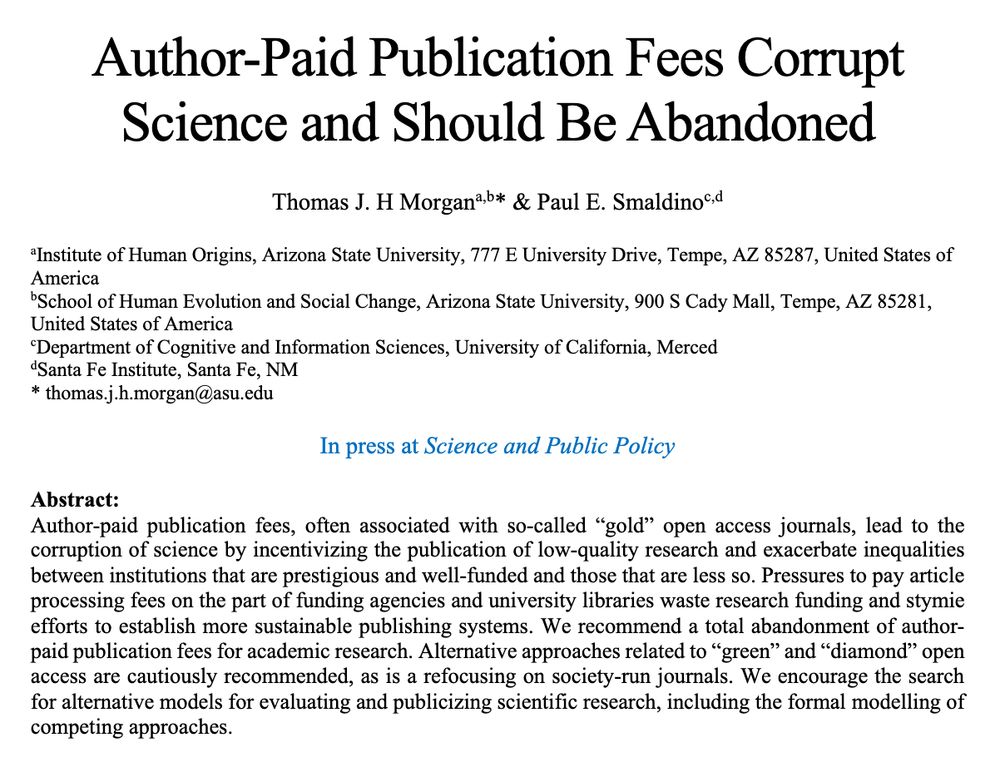
Author-Paid PublicationFees Corrupt Science and Should Be Abandoned Thomas J. H Morgan & Paul E. Smaldino
As grant money starts drying up, it's more important than ever not to waste it on paying publishers' open access "article processing fees" when we can host PDFs for free. Tom Morgan and I wrote a paper on this, forthcoming at Science and Public Policy. Accepted draft here: osf.io/preprints/os...
09.05.2025 17:26 — 👍 397 🔁 134 💬 9 📌 18
Many thanks to Karlstad University for becoming a supporter of PCI this year (www.kau.se/en)%F0%9F%98...!
22.08.2025 07:08 — 👍 7 🔁 1 💬 0 📌 0⬇️⬇️⬇️
Also worth reading for other domains than health sciences! 👏
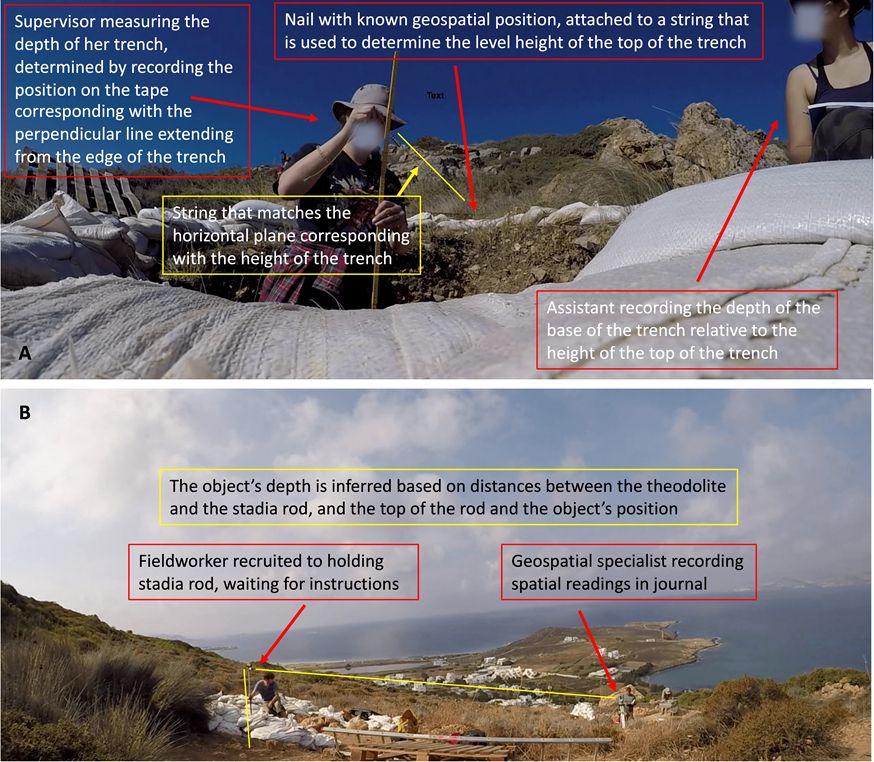
Figure 5 from the manuscript: Two photographs of fieldwork with arrows pointing at details and text in boxes explaining the details of how spatial information is recorded in the field. First photograph depicts a system that measures distance in relation to trench entities. Second photograph depicts a geospatial specialist and a fieldworker determining an object’s position using a digital theodolite.
1/3 New recommendation: Zachary Batist (2025) Locating Creative Agency in Archaeological Data Work. ver.2 recommended by @pciarchaeology.bsky.social doi.org/10.17613/8eq... @zackbatist.archaeo.social.ap.brid.gy 🏺🧪🦣
09.08.2025 08:29 — 👍 2 🔁 2 💬 1 📌 0Come join us with this new post-doctoral position in the Quanta project: emploi.cnrs.fr/Offres/CDD/U... (2 years in Bordeaux)
If you love artifacts (especially bones), notches, microscopes, and exploring the big question of the origin of quantification systems in human lineage, this is for you!
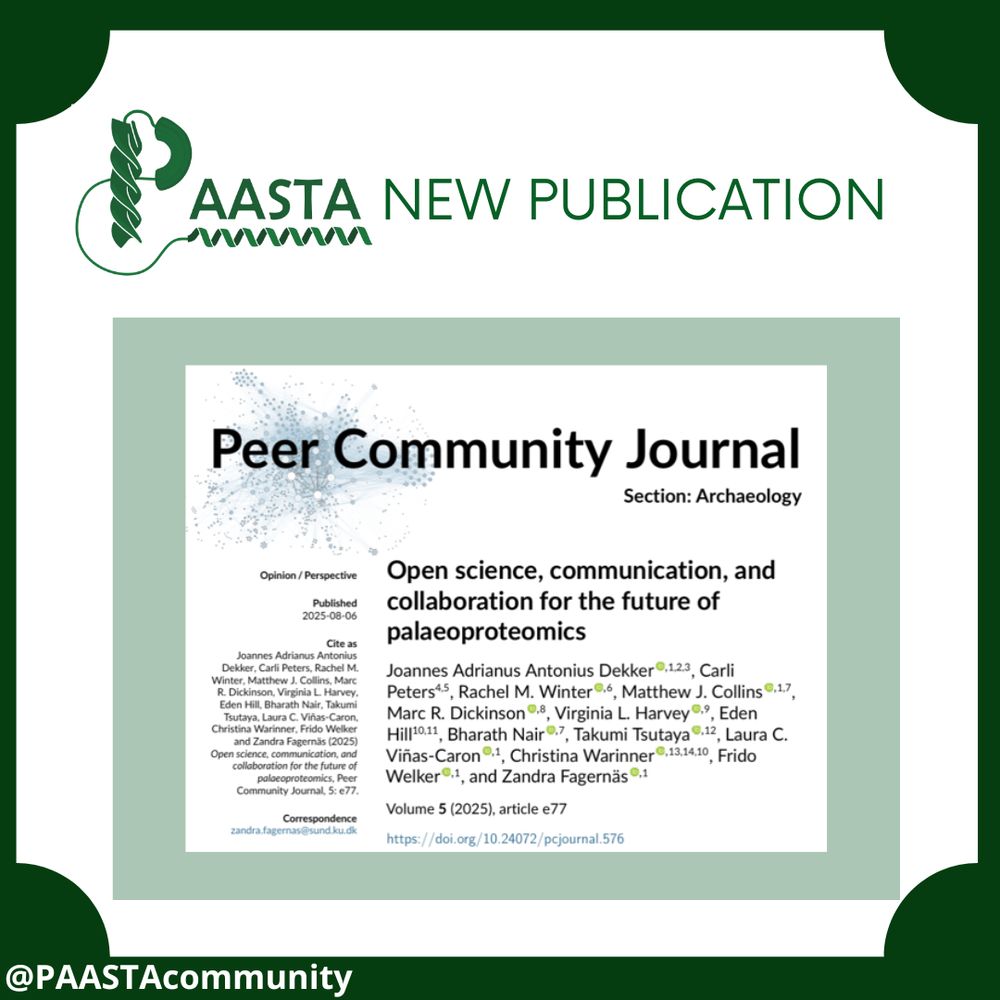
Delighted to be bringing you the following PAASTA community-led paper outlining our recommendations for best practices and open science in palaeoproteomics! Congratulations to the authors and for anyone keen to read the paper, it can be found #OpenAccess here: doi.org/10.24072/pcj...
06.08.2025 07:57 — 👍 17 🔁 10 💬 0 📌 2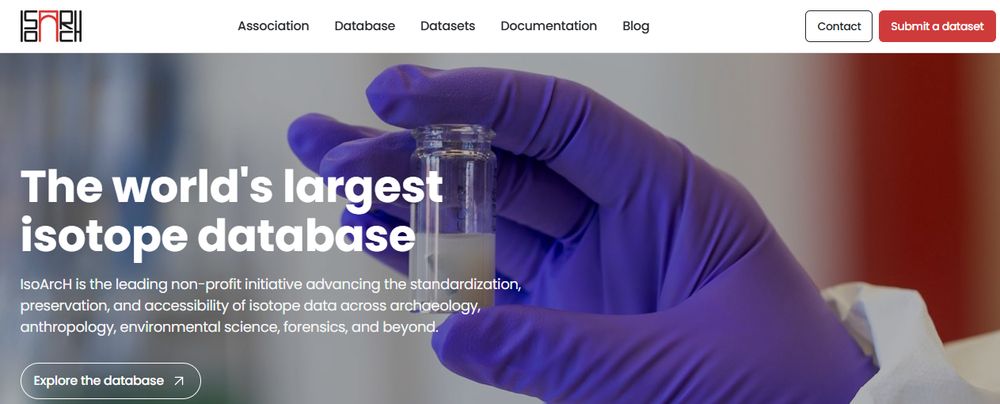
New look, same mission 🔬🌍
The IsoArcH initiative just launched its brand-new website: isoarch.org
Check it out and dive into the world’s largest isotope database!
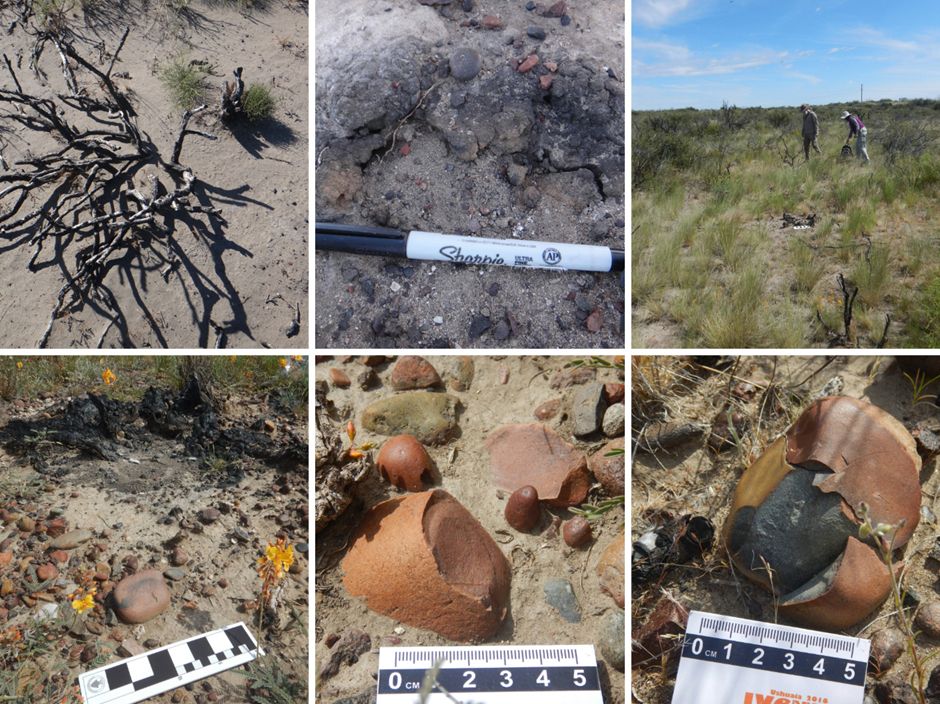
Figure 2 from the manuscript. Top panel: effects of fire on the landscape observed in 2021 and 2022. Bottom panel: burned surface lithic scatters showing effects such as fractures and color changes.
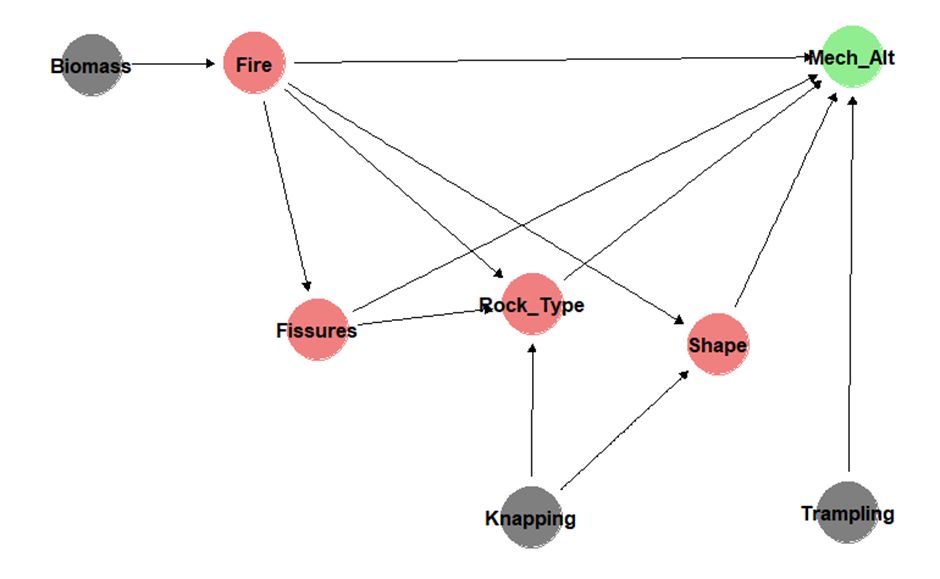
Figure 3 from the manuscript: Causal model for mechanical alterations of pebbles under the effect of fire. Red, direct and mediation effects (Fire -unmeasured-, Fissures, Rock_Type and Shape). Gray, latent unobserved variables (Biomass, Knapping and Trampling). Green, outcome variable (Mech_Alt).
1/3 New recommendation: Cardillo, Marcelo & Carranza, Eugenia (2025) Applying statistical and causal modeling to interpret thermal alteration in observational lithic data. doi.org/10.5281/zeno... 🧪🏺
22.07.2025 09:15 — 👍 2 🔁 1 💬 1 📌 0Will read your paper with interest. Currently, this map with these circles is really not clear for me ! 🙂
21.07.2025 20:37 — 👍 1 🔁 0 💬 1 📌 0Needless to say, the Peer Community In outperforms all of the major publishers on this criterion, despite a budget many orders of magnitude smaller - again illustrating that the big money we pay for publishing is not used for the good of science. (5/5)
@peercommunityin.bsky.social
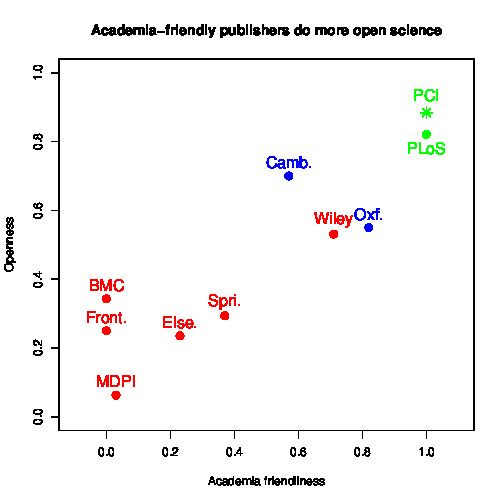
figure showing nine data points (each for a distinct publisher) in a graph where Y-axis is our open science index and X-axis is academia friendliness (=proportion of published journals co-owned by an academic entity); strong positive relationship
Non-profit publishers (PLoS, Oxford, Cambridge) and publishers partnering a lot with academia (Wiley) are much more committed to open science than the others - MDPI being the worst by large. (4/5)
17.07.2025 07:18 — 👍 37 🔁 27 💬 4 📌 2New preprint about open science in eco-evo!
We sampled 110 journals, 550 articles, and assessed whether data and code are accessible: (1/5)
ecoevorxiv.org/repository/v...
#ScientificPublishing #OpenScience #ecology #conservation #EvolutionaryBiology #paleobio #systematics #archeology
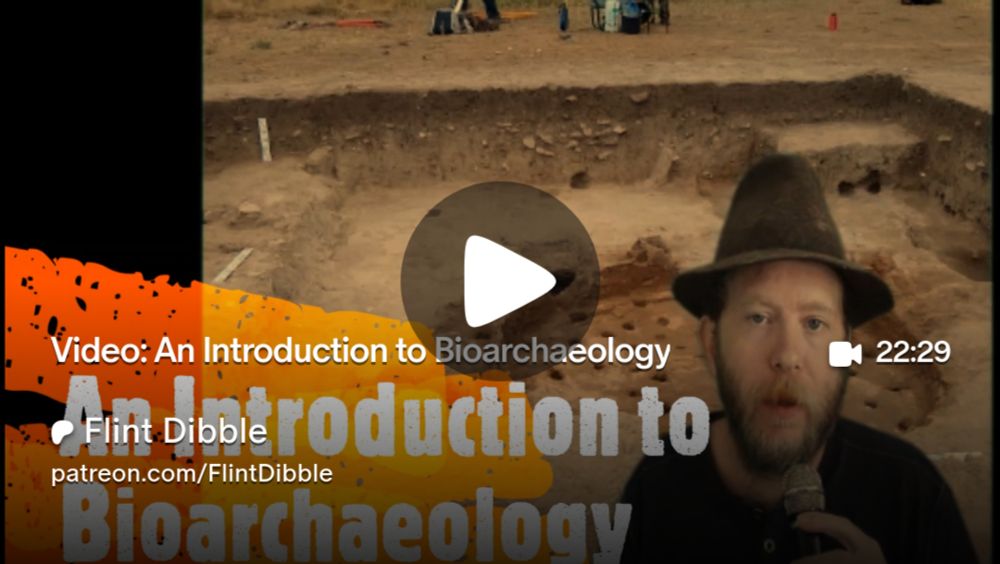
An Introduction to Bioarchaeology
New video available for channel supporters on Patreon or YT memberships
Check it out here, and sign up for additional teaching videos and behind-the-scenes perks
www.patreon.com/posts/134346...
1/3 Super interview de notre doctorante Lisa Richelmi avec Benjamin Brillaud de Nota Bene ! 🐞🧑🔬
www.twitch.tv/videos/25139...
Elle y présente sa thèse en archéoentomologique @univbordeaux.bsky.social @cnrsecologie.bsky.social
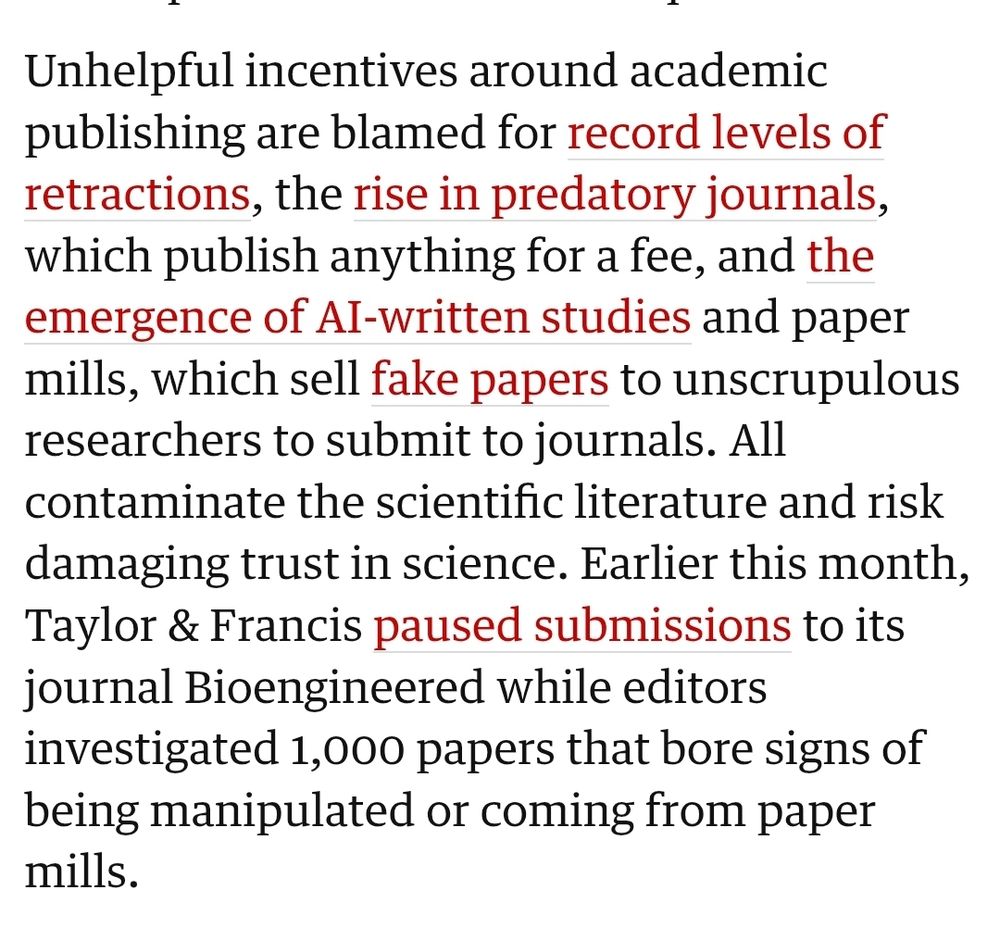
The 'Bioengineered' story was mentioned in @theguardian.com today!
Read here
www.theguardian.com/science/2025...
More background on Bioengineered here: www.science.org/content/arti...
CC: @elisabethbik.bsky.social @mortenoxe.bsky.social @smutclyde.bsky.social @thatsregrettab1.bsky.social
I'd like to come for once!
13.07.2025 06:47 — 👍 0 🔁 0 💬 0 📌 0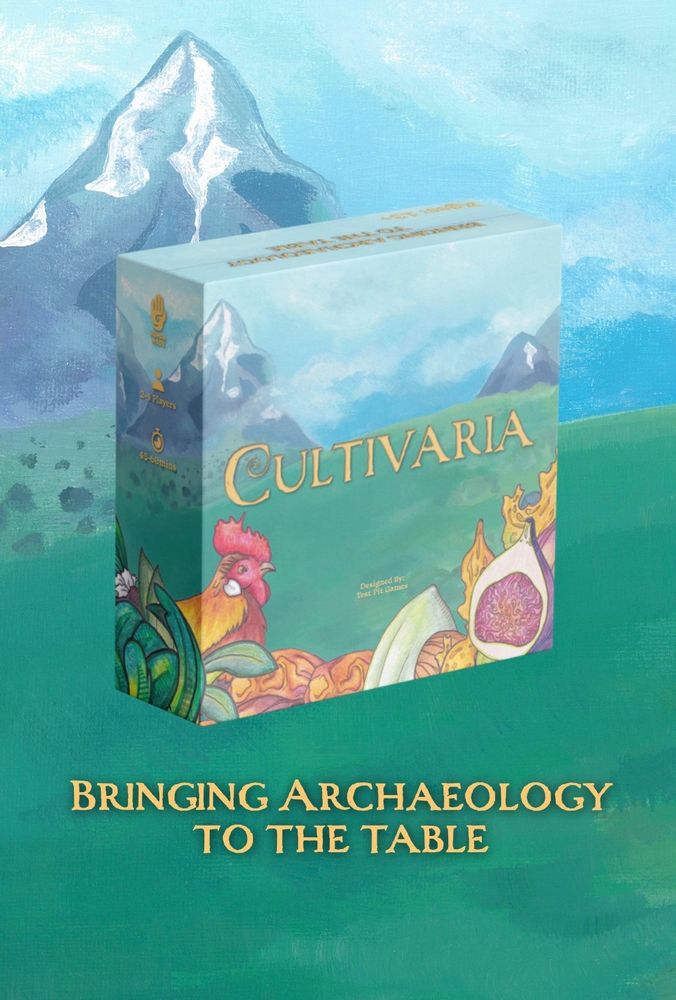
How we use game mechanics to explore and educate about archaeology in our board game Cultivaria- a thread.
#archaeology #boardgame

Why I quit itsmoreofacomment.com/2022/10/28/w... (and it is the same for Researchgate...)
I may instead orient you towards @orcid.org instead, HAL in France, Zenodo etc.
Thank you @archaeobasti.bsky.social for this post few years ago but still very relevant.
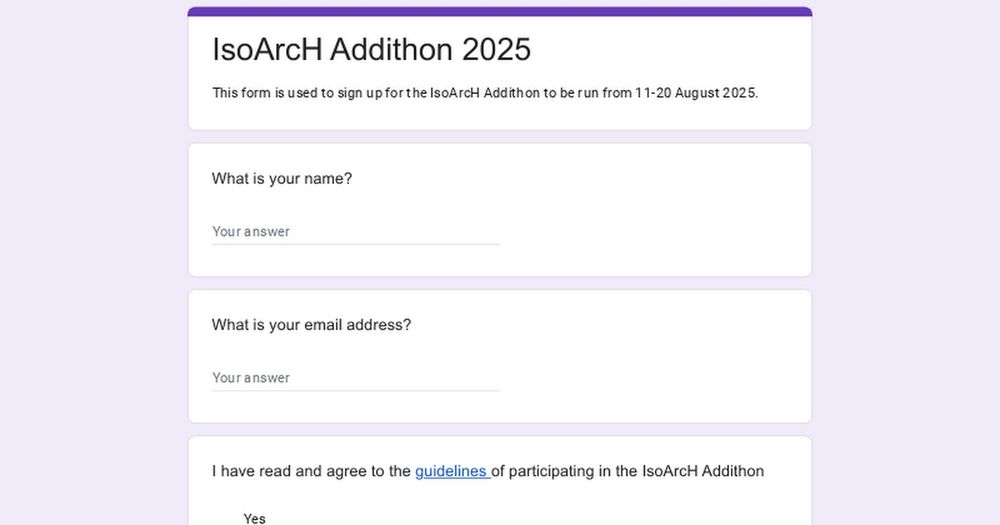
IsoArcH is organizing its first Addithon, a 10-day virtual community event! This event will bring volunteers together from all over the world, to add to this ever-growing open data repository for isotopes from archaeological research.
bit.ly/IsoArcH2025
What a nice cover!
I don't think I will have time to read it but I will share with my French lithician colleagues! :)
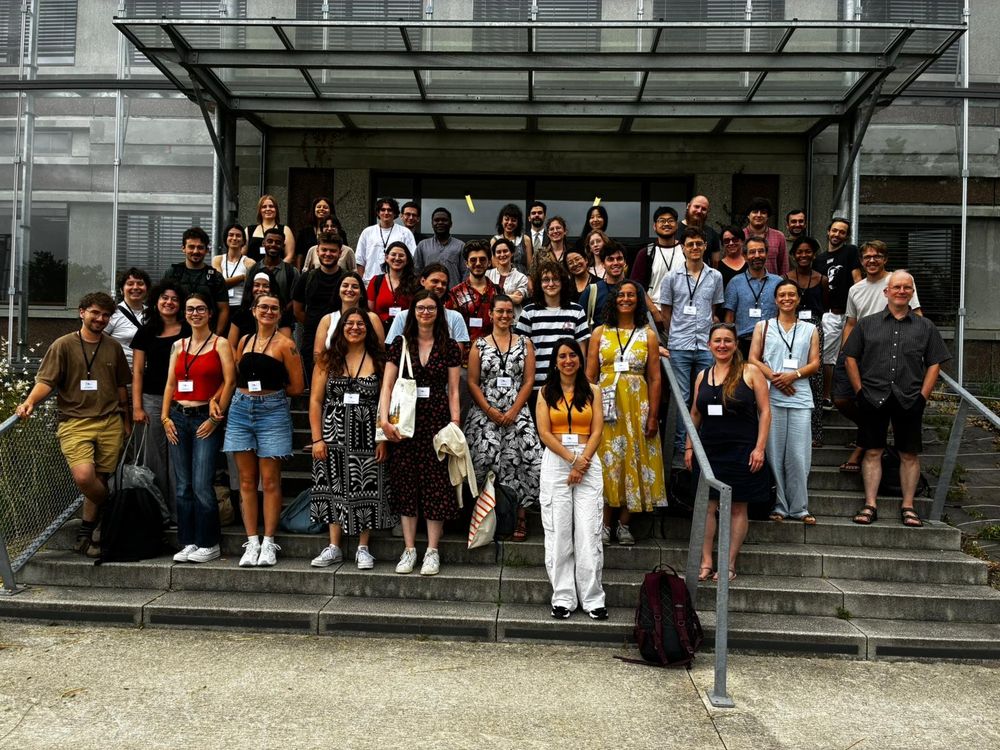
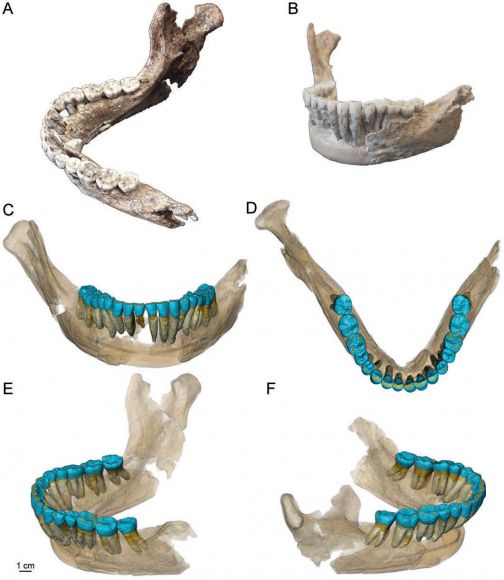
The Digital Archaeo Summer School concluded with a visit to La Chaise (Middle Paleo), excavated by our postdocs Diego López Onaindia & @kimgenuite.bsky.social 45 early-career researchers from 6 countries joined us, thank you all! See you in 2026! @cnrsecologie.bsky.social @univbordeaux.bsky.social
09.07.2025 13:42 — 👍 13 🔁 4 💬 1 📌 1Yes it is much more work and more difficult for non-native English speakers! It's great to remind this!
08.07.2025 17:16 — 👍 5 🔁 0 💬 0 📌 0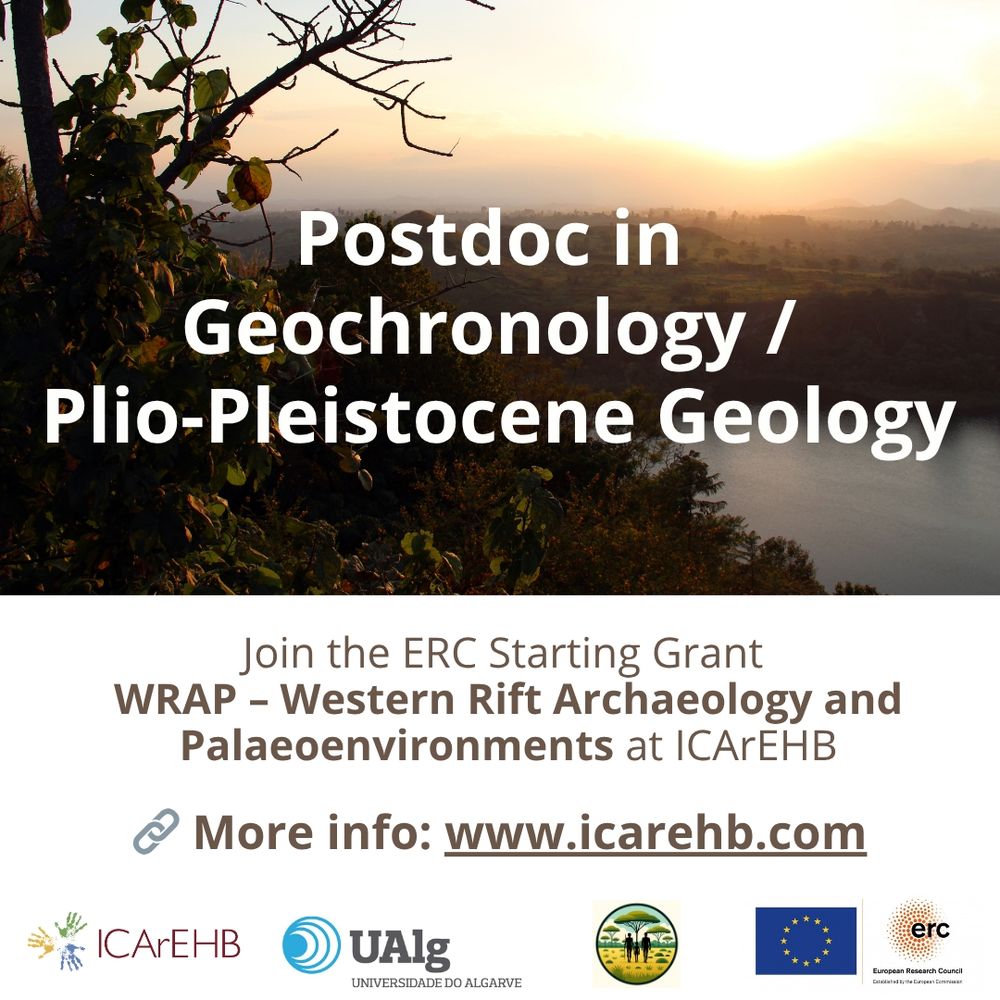
Postdoc in Geochronology / Plio-Pleistocene Geology
Join the ERC WRAP project at ICArEHB!
Apply now 👉 www.icarehb.com/research-pos...